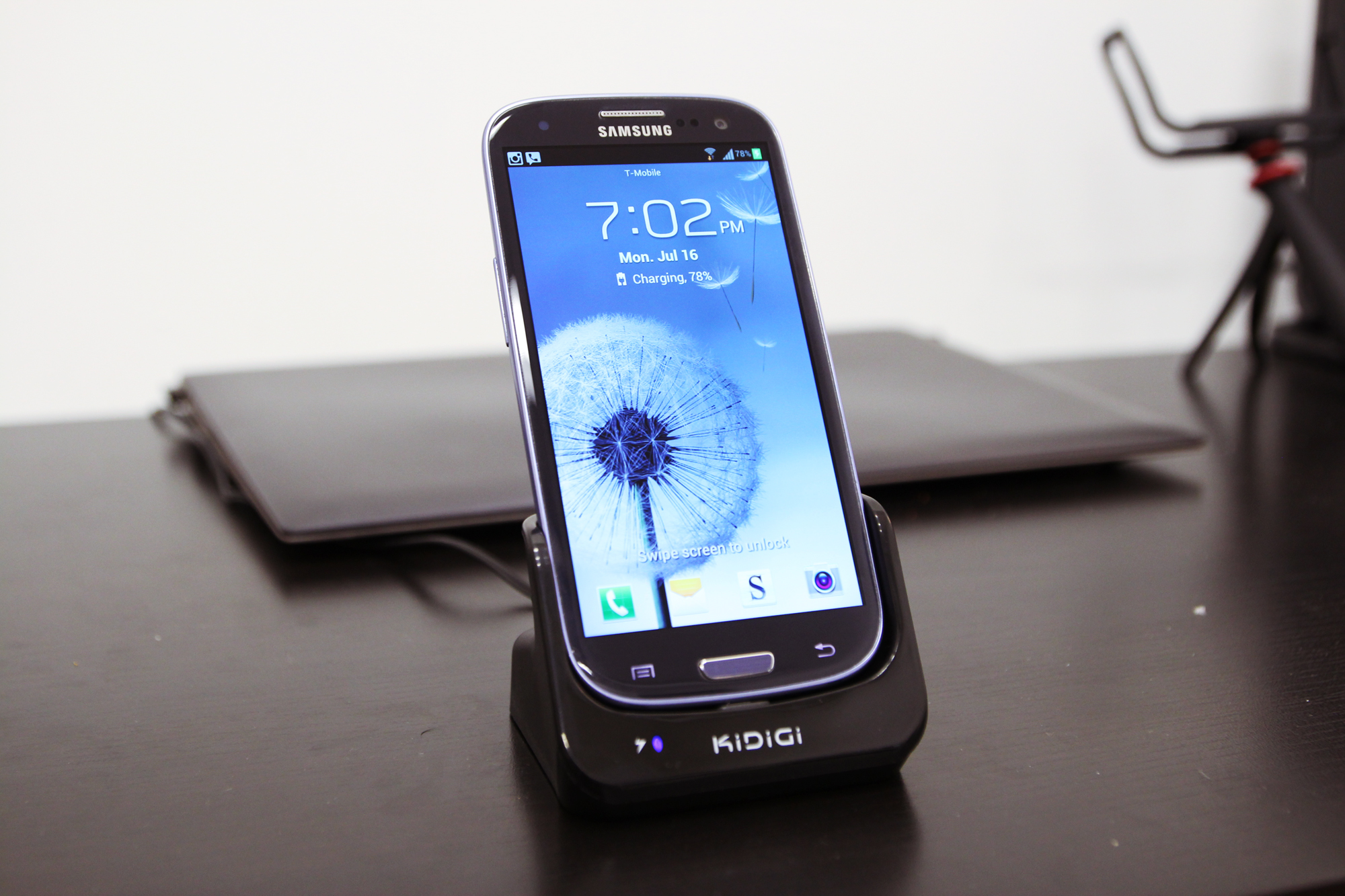Samsung Galaxy S3 Smartphone Review
In this two-part feature we take a look at one of the most popular smartphones ever released, the Samsung Galaxy S3. This first part will provide an overview of the handset, look at its main rivals and begin to examine the technology packed into the device.
Even though it is no longer a top tier handset, it is still packed full of technology. The S3 (otherwise known as the I9300) follows the highly regarded Galaxy S2. The headline figures are a 4.8-inch, 720p resolution display and a muscular quad-core processor. This impressive technical specification isn’t the only allure, it also sports a slender casing with sleek looks and light weight which belies its good sized screen.
Thanks to it no longer being the latest model (it now sits below the newer Galaxy S4 in Samsung’s product line), the S3 can now be had either on contract or SIM free for a very reasonable amount. Obviously smartphone deals will vary depending on territory and network providers, so check what is available in your locality.
The Samsung S3 is available with two built in storage options, 16GB or 32GB, plus it has a microSD card slot so you can further increase capacity should you start to get short on space. On top of this, in the UK the handset even comes with two years of free online storage via the DropBox app which provides users with an impressive 50GB of virtual disk space.
Rivals
New the S3 is no longer at very top of the smartphone scale, the phones main rivals are also former flagship models. These can be considered as HTC’s quad-core One X, the Nokia Lumia 920 and Apple’s iPhone 5, although as the iPhone is still the current top model in Apple’s line up you can still expect to pay a substantial premium for that particular handset.
Other notable rivals include the Motorola Razr i and Google’s Nexus.
S3 screen
Probably the most striking visual feature of the Galaxy S3 is its screen. At 4.8 inches it is no longer the biggest in the smartphone world (this honour currently belongs to the Sony Xperia Z, which boasts 5.0 inches of screen size) but it is a great deal bigger than its predecessor, the Galaxy S2, which had a 4.3″ screen. Scratch protection is provided by the very latest super tough Corning Gorilla Glass 2.
The display technology used here is HD Super AMOLED (as found on the Google Nexus and Samsung Galaxy Note) with a 1,280×720-pixel resolution.
Such is it size, it is impressive even when switched off, but on powering up the device its brightness and clarity really stands out. The technology used is renowned for producing both bright colours and deep blacks as well as having excellent viewing angles. As a result the S3 displays icons and text with superb sharpness whilst it will do justice to any high-definition videos or pictures. Even viewing the screen on a slight angle produces a crisp and clean picture.
There are a couple of downsides to such a large screen. One is battery life, which is discussed later on. The other is ergonomics. Such a large screen demands a large casing and small handed users may find one handed use uncomfortable or even impossible. Also, due to the HD resolution being stretched over a larger area the S3’s pixel density per inch (otherwise known as PPI) is not the best amongst its smart phone rivals. Its 306ppi is not quite as good the 312ppi possessed by the HTC One X, the 326ppi found in the Apple iPhone 4 and 4S or the 342ppi of the Sony Xperia S. Despite this most users won’t really see any difference in clarity and you can argue that the slight reduction in pixel density is worth it for the increase in screen size. Also note that the iPhone 4 screens are only 3.5 inches – a great deal less than the current smartphone front runners.
This concludes the first part of our Galaxy S3 review. Please look at the second part where we discuss the design and performance of the handset in more detail.
